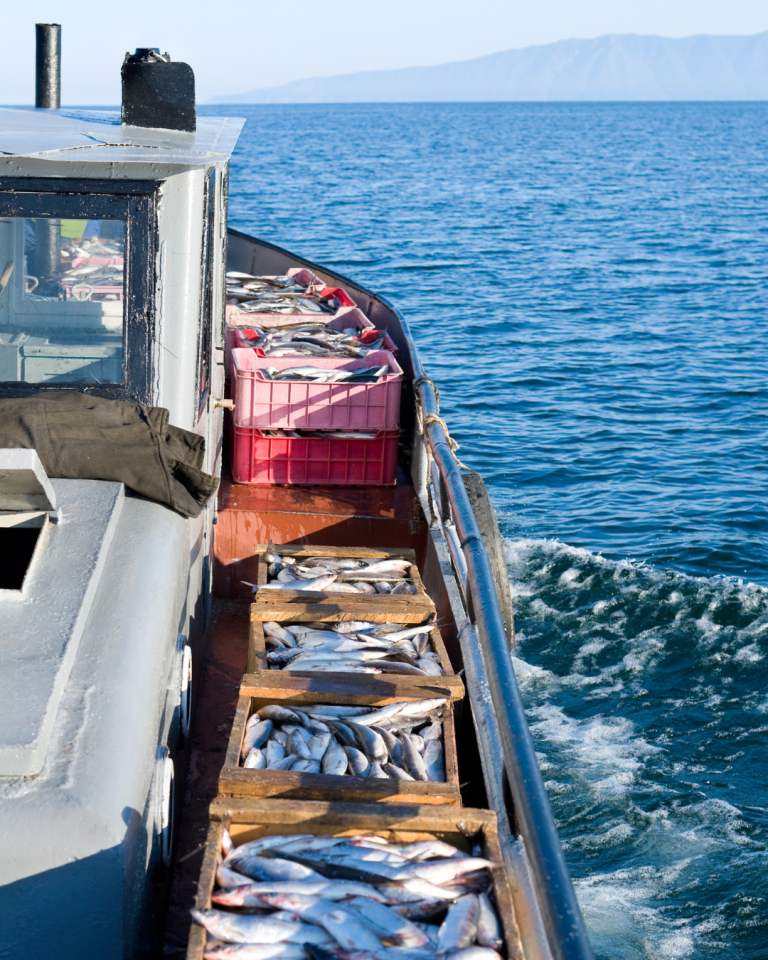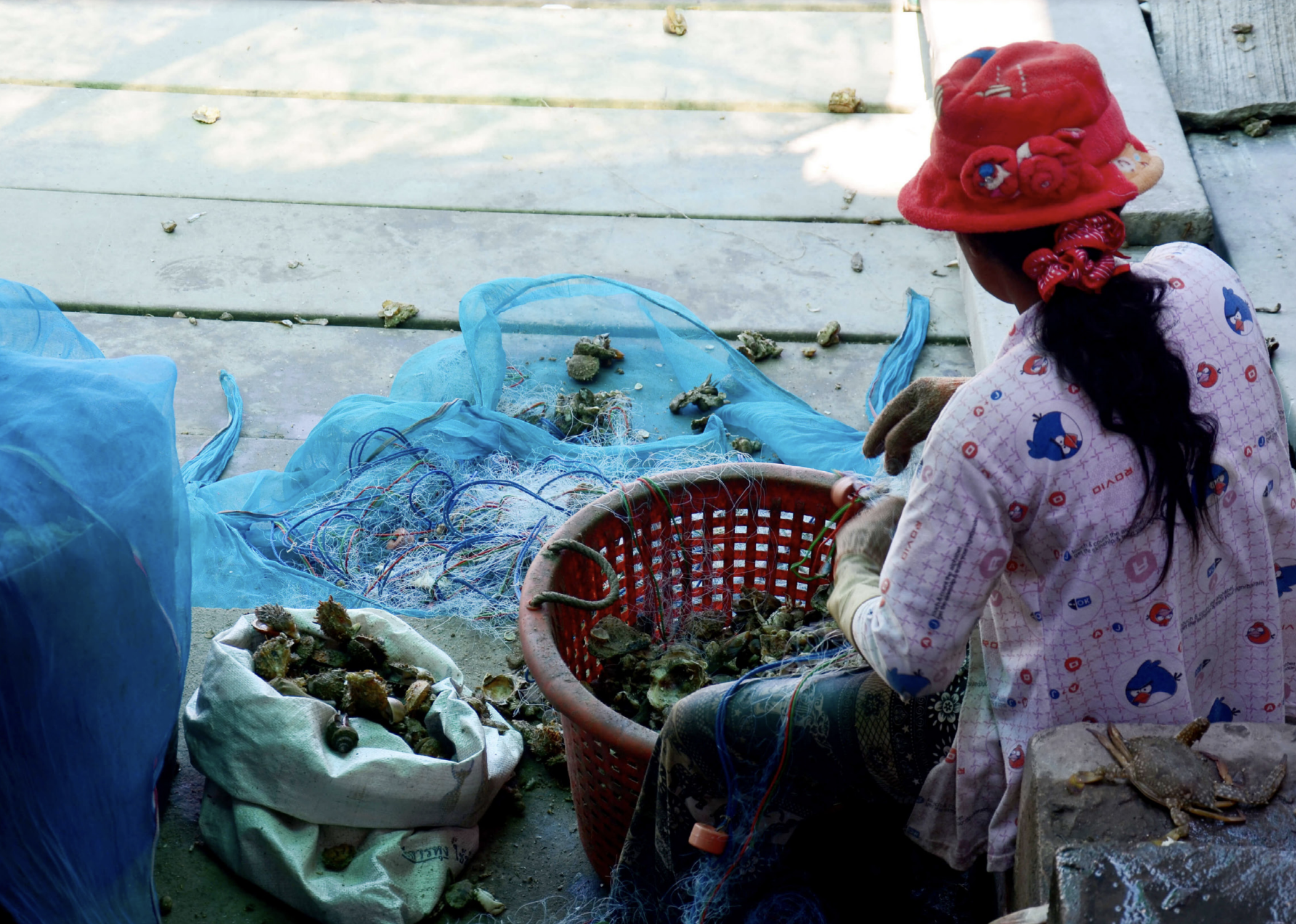Engage
Engage across your supply chains and in your prioritized sourcing regions. Collaborate with other companies and stakeholders to deepen your understanding of the issues and start to influence change.
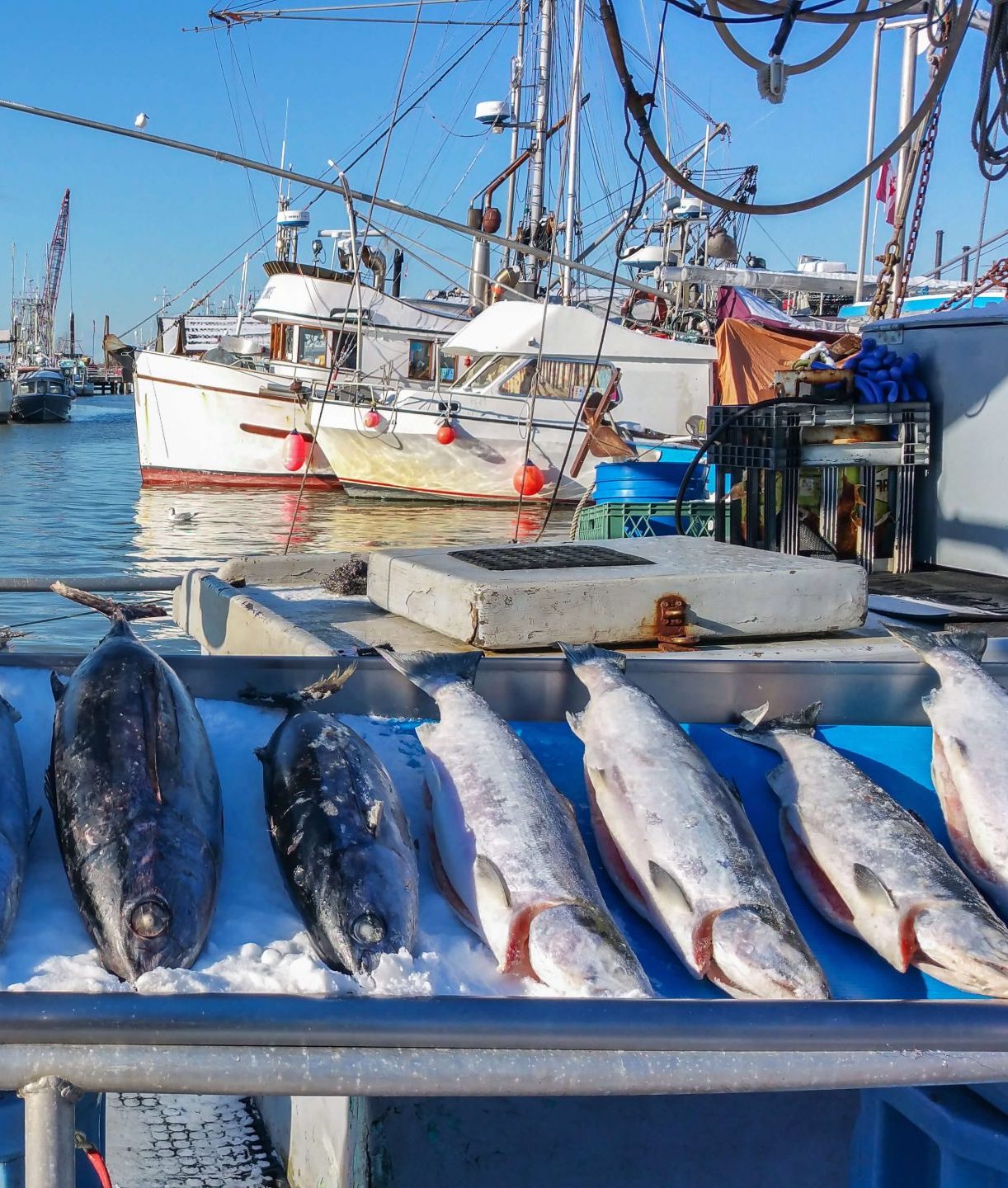
Engage local and global stakeholders to deepen your understanding of working conditions in your supply chain
Collaborate with supply chain partners
- Share guidance with your tier 1 suppliers on human rights topics, such as:
- Best practices for recognizing and remedying human and labor rights issues, and for protecting workers from retaliation when they raise issues.
- Company expectations related to human and labor rights, including working conditions, living conditions, and payment systems for seafood workers.
- Work with supply chain partners to understand their challenges and roadblocks when implementing human rights due diligence.
- Provide resources, incentives, and collaborative engagement to partners to encourage continual progress and human rights due diligence implementation.
Collaborate with regional partners
- Identify organizations that support human and labor rights in countries of production. Consider regional outposts of global organizations as well, such as local unions with global affiliations.
- International nongovernmental organizations (NGOs) like Conservation International, Global Labor Justice, Solidarity Center, and Human Rights at Sea International have decades of experience helping companies to engage and take action in sourcing communities.
- Engage with a union or other worker-led association, if one is in place, to hear what is important to the workers within a particular supply chain or region. Unions are led by workers and represent them as they collectively fight for their rights, fair pay, and improved working conditions. Companies and unions do have aligned goals: to eliminate human rights abuses and labor exploitation and to encourage industry stability. This can be achieved if companies foster good relationships built on transparency, effective communication, and a commitment to protecting worker rights.
- Note that not all worker organizations are formally registered unions. Where no unions exist, there may be worker associations or co-ops that provide similar worker protections.
- Learn about the services provided by various local organizations, and determine which organizations are most aligned with your company’s goals.
- Local, trusted community groups may support seafood workers and can facilitate dialogue. These groups can often connect you to their local network in ways that are respectful and effective.
- Develop formal relationships through contracts, memorandums of understanding, or other methods of agreement.
- Buyers and retailers should work through your next tier suppliers to engage with communities further down your supply chain. This increases the likelihood of successful engagement on the ground in sourcing communities.
Collaborate with global experts
- Get guidance and feedback on opportunities in your supply chain from international organizations and experts; they can provide additional information about geographic, production or species human rights risks.
- Global organizations can also put you in contact with other organizations and companies working to address human rights in seafood supply chains. These organizations and experts can often introduce you to local experts and organizations.
- Ask these global experts about current initiatives, projects, and collaborations that you can join to support your HRDD efforts.
- Combatting Forced Labour: A Handbook for Employers & Business, Chapter 4, “Checklist & Guidance for Assessing Compliance” from the International Labour Organization
- Doing Business with Respect for Human Rights, chapter 3.7, “Stakeholder Engagement, ‘Making it Meaningful’” from the Global Perspectives Project
Tips
- Start meeting with suppliers to discuss your human rights standards and identify potential challenges. Use this as an opportunity to create practical and realistic solutions together.
- Create a list of local NGOs, unions, and advocacy groups supporting seafood workers and start reaching out to learn what these organizations do and how you could partner with them.
Example
Case Study: Asia Pulp and Paper (APP)
APP developed and continues to update its standard operating procedure (SOP) for engagement with communities. The SOP, developed with the participation of potentially affected people, helps APP implement its policies and is an awareness raising and monitoring tool for staff who need to implement it. To ensure that updates to the SOP are meaningful, APP consults with communities about its effectiveness and areas for improvement. As a best practice, it has committed to the principle of free, prior, and informed consent when engaging stakeholders. APP chose to pilot the new methodology at the OKI mill in South Sumatra. APP consulted with the seven affected villages near the mill, moving from village to village to work with a network of local elders and leaders of community and religious groups.
Set up long-term contracts to create collaborative relationships and incentivize progress
Identify products and supply chains with the potential for long-term contracts or sourcing agreements
- Developing partnerships and long-term relationships with suppliers are key to improving human rights outcomes in your supply chain. By increasing the proportion of long-term contracts and suppliers in your supply chain, you maximize your ability to plan, as well as incentivize your suppliers’ HRDD investment, participation, and progress. Long-term contracts offer the following benefits:
- Supply chain resilience against disruption
- Risk mitigation through more transparent and easily traceable sourcing
- Efficiency gains (i.e., a potential reduction in staff time spent seeking out or establishing partnerships with new suppliers)
- More secure inventory of socially responsible, sustainable, or innovative products in which the company has invested
- Long-term contracts may include:
- Time frame longer than one year, with built-in mechanisms for extension
- Specifications for quantity, quality, and parameters for determining the price of the product purchased
- Specifications for social responsibility, sustainability, impact on workers or the land, and other shared priorities
- Resolution and conflict management processes
- Non-exclusivity clauses and insurance against non-compliance
- Differences in commodities require different approaches to sourcing contracts. For wild-catch fisheries and other seasonal commodities integrate elements of long-term contracts but allow for additional flexibility around seasonality, location, etc.
Test supply chain improvements through pilots with longer-term suppliers
- Pilots provide the following benefits to companies:
- Calculated investments that may inform future practices or provide long-term payoffs.
- Opportunities to share specific supply chain challenges and gains through public communications.
- Increased understanding of supply chain challenges and potential next steps
- Work collaboratively to share costs of any pilot effort.
Consider the costs
- Longer-term suppliers need support to make improvements, through regular communication of successes and challenges, more consistent pricing that acknowledges additional compliance and verification costs, and shared compliance and verification costs.
- “Supply Networks for Relational Sourcing” from INSEAD
- “Creating a Socially Responsible Supply Chain” from INSEAD
- The UNIDO Approach to Sustainable Supplier Development: Promoting CSR for SMEs in a Global Supply Chain Context from UNIDO
- “How Long-Term Contracts Can Help Drive More Sustainable Agriculture” from Medium
Tips
- Use open dialogue, support, and cost-sharing when aligning your purchasing practices or launching pilot projects with committed suppliers.
- If suppliers need support implementing a pilot initiative assess whether it will add value to have the support of a third-party organization with expertise in areas you need.
- Everyone has a role to play in adopting and ingraining labor standards and ethical recruitment practices. Share the burden of verification costs and invest in supplier capacity-building.
- Suppliers should know the benefits of taking on additional human rights due diligence. Look for opportunities to highlight or showcase their HRDD efforts to demonstrate value-add as a company.
- Suppliers at different tiers may feel overwhelmed by expectations, so host periodic listening sessions where sustainability, human rights, procurement, and purchasing departments can share challenges, successes, and ideas.
Example
Case Study: Cargill
Cargill has established a multi-year purchasing program that directly ties progress in several sustainability measures with pricing and third-party verification of results. Cargill believes progress to date has been enabled using long-term contracts. Key areas where Cargill is using LTCs to create change: establish farmer organizations so producers can aggregate their own production for sale; provide assistance, including some types of financing, to help small producers to improve their production (including investments in equipment, new varieties of trees, and infrastructure improvements like irrigation); bring technical assistance and training to producers, directly or through their associations; and support producer communities, including assistance in building schools, clinics, and other public infrastructure.
Establish safeguards and develop ongoing collaboration with workers
Engage with workers thoughtfully
- Engage with workers as the most reliable way for your business to learn the reality of the worker experience, identify the most critical issues, and devise ways to resolve them. A collaborative relationship prepares you for future issue resolution and/or remediation.
- Be sensitive about the risk that direct communication holds for workers, especially if they are already in an unsafe environment.
- Workers might mask issues for fear of losing their jobs. Engagement can put an unfair burden on them, and direct engagement could put seafood workers at further risk if they are already in an unsafe environment.
- Engagement should prioritize worker safety and needs. Engage with workers in groups, rely on trusted third-party experts to act as guides, coordinate with supply chain actors in order to prevent confusion among workers and avoid undermining other efforts, always share what became of the information you gathered, and involve workers in the resulting actions.
- Different organizations can support worker engagement. Start with trade unions and other worker-representative organizations, where they exist.
- Consider those organizations the workers believe to be most trusted and effective
- Worker perspectives should be incorporated throughout the HRDD process. Leverage worker-informed, geographic, and product-specific data from investigative reports, surveys, worker interviews, academic research, and union communications. Use this information to understand risks from the perspective of workers, within their local context.
Work with experts to ethically engage with workers
- Work with expert organizations or initiatives to understand the ethical issues associated with collecting data from vulnerable populations and weigh the benefits and risks. Establish appropriate safeguards and engage with workers to collect first-hand information.
- Reach out to organizations with experience working with migrant workers and trafficked persons.
- Support and advocate for convenings that bring together workers, trafficking survivors, grassroots organizations, trade unions, employers, recruiters, and global brands and retailers. Use these convenings to establish meaningful dialogue and collective action, prioritizing worker-led models.
- Updated Guide to Ethics and Human Rights in Anti-Human Trafficking from Issara Institute
- “What is ‘Worker Voice’ in the Context of Global Supply Chains?” from Issara Institute
Tips
- Share what became of the information you gathered and involve workers in the resulting actions. Too often, companies extract information from workers and then are not heard from again, until it is time to gather more information for assessment. Let workers know how you are responding to the information they gave.
- Be aware that reliving trauma and abuse can be difficult. Work with a third party that is trusted by workers as you engage with those who have lived through abusive experiences.
- Seek third-party expertise that understands unique contextual factors around human rights.
- Consider collaborative approaches with other companies and suppliers and partner with trusted experts before engaging with workers.
Example
Case Study: Philippines Photovoice
Researchers in the Philippines have used photovoice, a participatory research methodology, in work with people who have been trafficked. In one project, photovoice was used to understand the experiences of people affected by trafficking who were participating in an economic empowerment intervention called BARUG. The goal of the study was to not only enhance programmatic effectiveness by gathering vital feedback from program participants, but to build ownership in the project and have the research process itself be an empowering process. In the study, trafficked persons served as active members of the research team, along with academics and practitioners. They collected data, analyzed data along with a research team member, provided feedback on all reports about the project, and presented the research findings themselves in community forums.
Case Study: Chulalongkorn University
Academic researchers at Chulalongkorn University in Bangkok, Thailand, asked trafficked persons they were interviewing to pick a name they would like to be called, such as the name of a pop star or a generic nickname (common in Thai culture). In addition to providing anonymity, the respondent’s fictitious name choice also provided researchers with an ice-breaker conversation about the name, which was an opportunity to increase rapport and trust. This approach has also been used in participatory research with trafficked persons conducted by Eleison Foundation in the Philippines.
Participate in diverse, collaborative industry efforts to support HRDD program development
Participate in pre-competitive collaborations
- Use a pre-competitive structure to learn with other companies and build internal capacity with greater support and structure.
- Join with other companies to source products, which can create leverage and exert more influence for change with producers, processors, or governments.
- Collaborate to address systemic regional risks. Coordination greatly reduces the HRDD burden on actors further up the supply chain, especially when companies align their standards or create a system of equivalency, where market requirements for any one buyer can be met using a variety of equivalent methods of assurance.
- Work with market actors pre-competitively to help hold all local employers to a consistent, higher standard. Making better practices the norm removes the argument that investing in improved practices makes some producers less competitive because they cannot compete on cost.
- Within industry collaborations, companies can share data and coordinate to collectively identify risks, capacity needs, and solutions in specific sourcing geographies.
- Reduce the burden of duplication and better foster meaningful engagement through joint processes or mechanisms through industry collaboration.
- Consider pre-competitive industry and multi-stakeholder groups from around the globe, such as Global Tuna Alliance (GTA), SeaBOS, Seafood Ethics Action (SEA) Alliance, SeaPact, International Seafood Sustainability Foundation (ISSF) or Seafood Legacy. There are also many pre-competitive projects focused on high-risk regions and commodities that you can join. Or create your own and invite others.
Tips
- Join industry or cross-stakeholder working groups where they exist, and actively participate in meetings, trainings, and opportunities to collaborate.
- Form working relationships with major brands as well as suppliers.
- When considering pre-competitive collaboration, identify those issues that are more systemic, that create the right environment for human rights abuse and consider prioritizing those at the regional and commodity level, such as through the implementation and enforcement of ethical recruitment practices.
Example
Case Study: The International Cocoa Initiative
The International Cocoa Initiative (ICI) was established in 2002 in Geneva. The ICI is a multi-stakeholder initiative that includes both private industry (brands and cocoa processors) with civil society (trade unions and NGOs). The ICI’s board of directors includes industry representatives from Kraft, Nestlé, Mars, and Archer-Daniels-Midland (ADM) alongside representatives from anti-slavery and labor organizations such as Free the Slaves and the International Trade Union Confederation (ITUC). The ICI works at the national, industry and community levels to strengthen each stakeholder’s work through awareness raising, policy advocacy, and capacity building. It has held 7,000 community mobilization meetings, reached out to over 250,000 community members, and trained more than 1,600 involved citizens on forced labor and human trafficking. Further, it worked with local governments and communities to implement community action plans designed to sustainably reduce the vulnerability of children to the worst forms of child labor.
Advocate with governments and other regulatory bodies to regulate and enforce workers’ rights and HRDD
Advocate for regulation and enforcement that protects workers’ rights, and promote traceability
- As part of your human rights due diligence programs, your company should advocate for policies, regulations, frameworks/conventions, and enforcement measures that help uphold human and labor rights in international seafood supply chains.
- Advocacy efforts should reflect your company’s commitments. Some of these advocacy asks may be public while other advocacy may happen privately, in consultation with representatives of government and the private sector.
- Advocacy asks may cover national, regional, or international scale policies, regulations, frameworks/conventions, and enforcement measures.
- Share your advocacy efforts with consumers, shareholders, investors, and governments
Use a range of advocacy approaches
- Examples of direct consultation:
- Government agencies, such as the U.S. National Oceanic Atmospheric Organization (NOAA), Department of Labor (DOL), State Department, Customs and Border Protection (CBP), International Labor Affairs Bureau (ILAB)
- Regional organizations, such as regional fisheries management organizations (RFMOs) or the European Council
- Multilateral bodies, such as the United Nations (UN) Food and Agriculture Organization (FAO)
- Examples of pre-competitive collaborations and multistakeholder initiatives:
Advocate for HRDD on multiple levels
- International. There are a number of international treaties, agreements, and conventions that companies can advocate for countries to ratify and implement. Companies can do this in the countries that they source from. These include:
- Regional/national. The regional and national sections are combined below because many pieces of legislation and enforcement measures can happen at both levels:
- Regional Fisheries Management Organization (RFMO) policies on human rights
- Trade enforcement (e.g., import bans) to address forced labor, like the EU Forced Labor Regulation and U.S. Withhold Release Orders (WROs)
- Legislation to protect freedom of association and collective bargaining, including legislation explicitly protecting the rights of migrant workers and other vulnerable groups, such as women
- Mandatory human rights due diligence (mHRDD) legislation, pushing for civil and criminal liability for noncompliant companies, like the EU Corporate Sustainability Due Diligence Directive (CS3D)
- Seafood traceability legislation, pushing for interoperability and the inclusion of key data elements (KDEs) that can support the assessment of human rights risk in supply chains, like the U.S. Seafood Import Monitoring Program (SIMP)
- Legislation for the provision of Wi-Fi on vessels for crews, especially distant water fishing vessels
- General legislation to combat human trafficking and forced labor, like the U.S. Trafficking Victims Prevention and Protection Reauthorization Act of 2022 and Illegal Fishing and Forced Labor Prevention Act
- Fair Hiring Toolkit—Step 7, Public Policy Advocacy from Verité
- Summary of International Social Conventions in the Seafood Sector from RST
- “Can Business Leaders Be More Effective Human Rights Advocates?” from IHRB
- Business and Human Rights Resource Center: Mandatory Due Diligence from Business & Human Rights Resource Centre
Tips
- Align your company’s HRDD advocacy efforts with its commitments, policies, and programs.
- Include a diverse range of stakeholder inputs in what you are supporting, particularly from those most impacted.
- Hold listening sessions with government representatives and industry partners to align efforts, improve understanding of what is needed, and create tangible progress.
Example
Case Study: VAMAS
In 2010, VAMAS, the Vietnam Association of Manpower Supply, enacted a code of conduct applied to Vietnamese enterprises sending workers for overseas employment. This code of conduct sets standards that regulate the behavior of VAMAS member companies in areas like job advertisement, recruitment, training, sending and protecting workers overseas, and dispute settlement. The code was developed with support from VAMAS members and in close cooperation with the Vietnam Ministry of Labor, Invalids and Social Affairs and the ILO to ensure consistency with national law and international standards.
Optimize Your Company’s Path
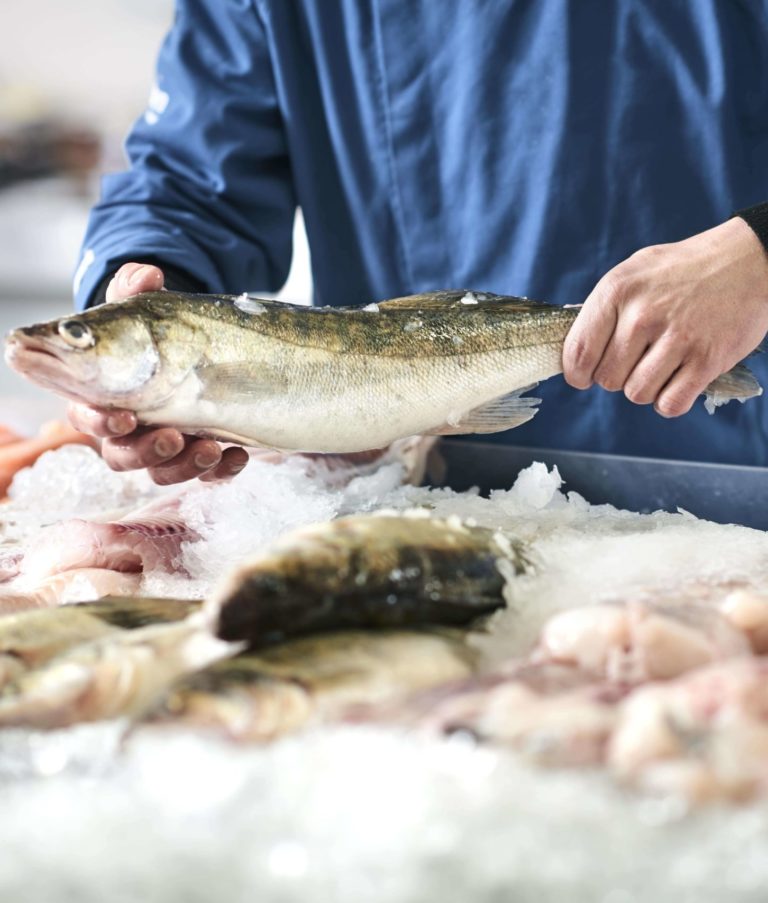
Retailers and Brands
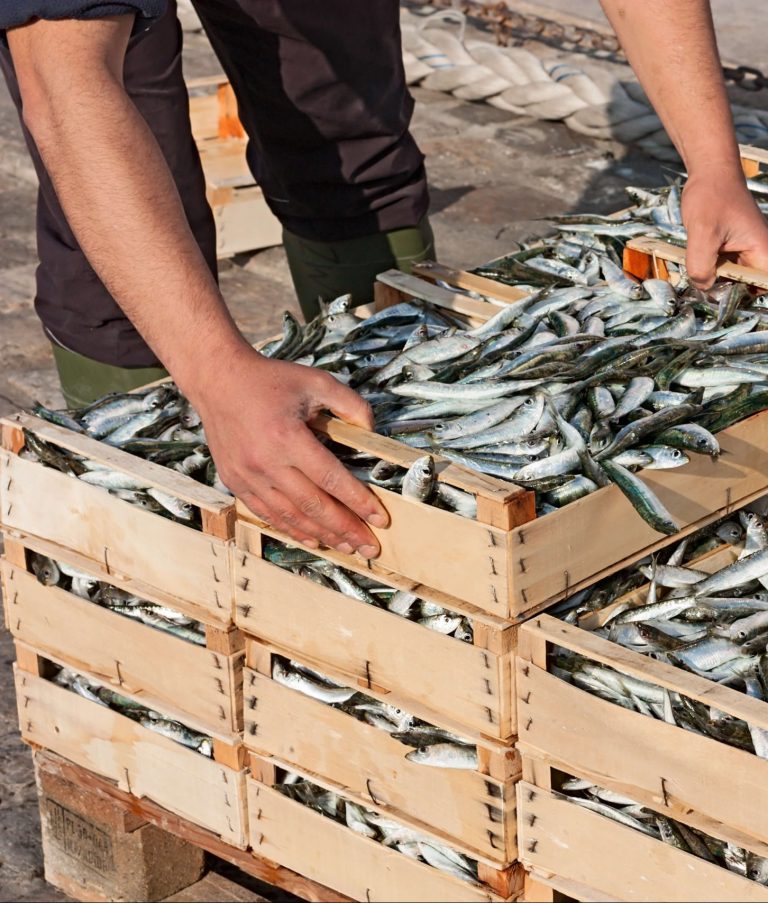
Suppliers
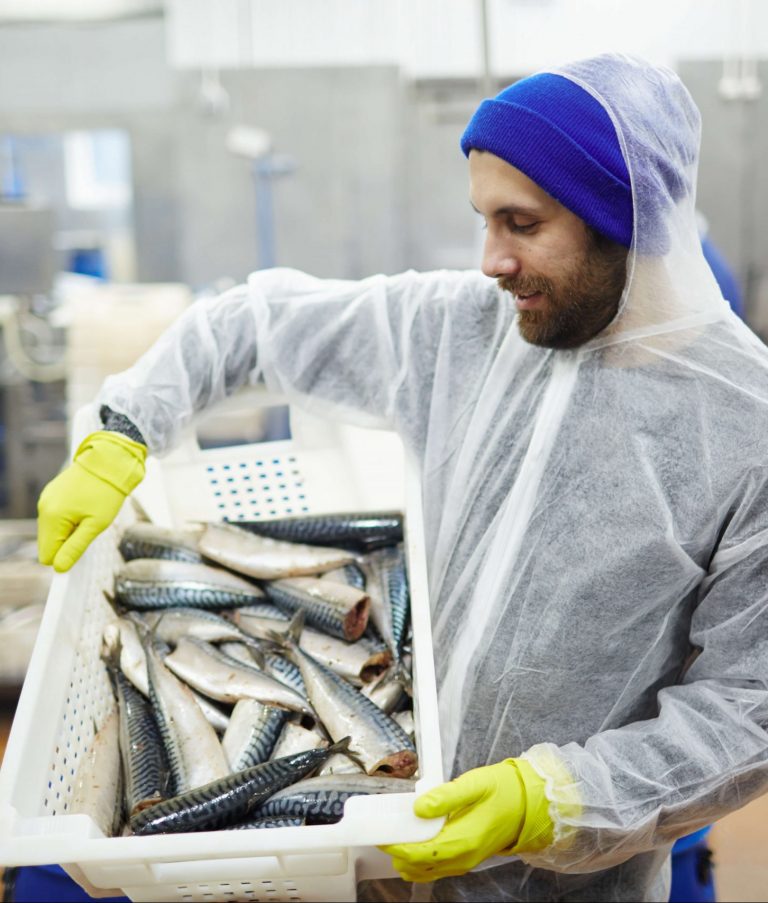
Processors
